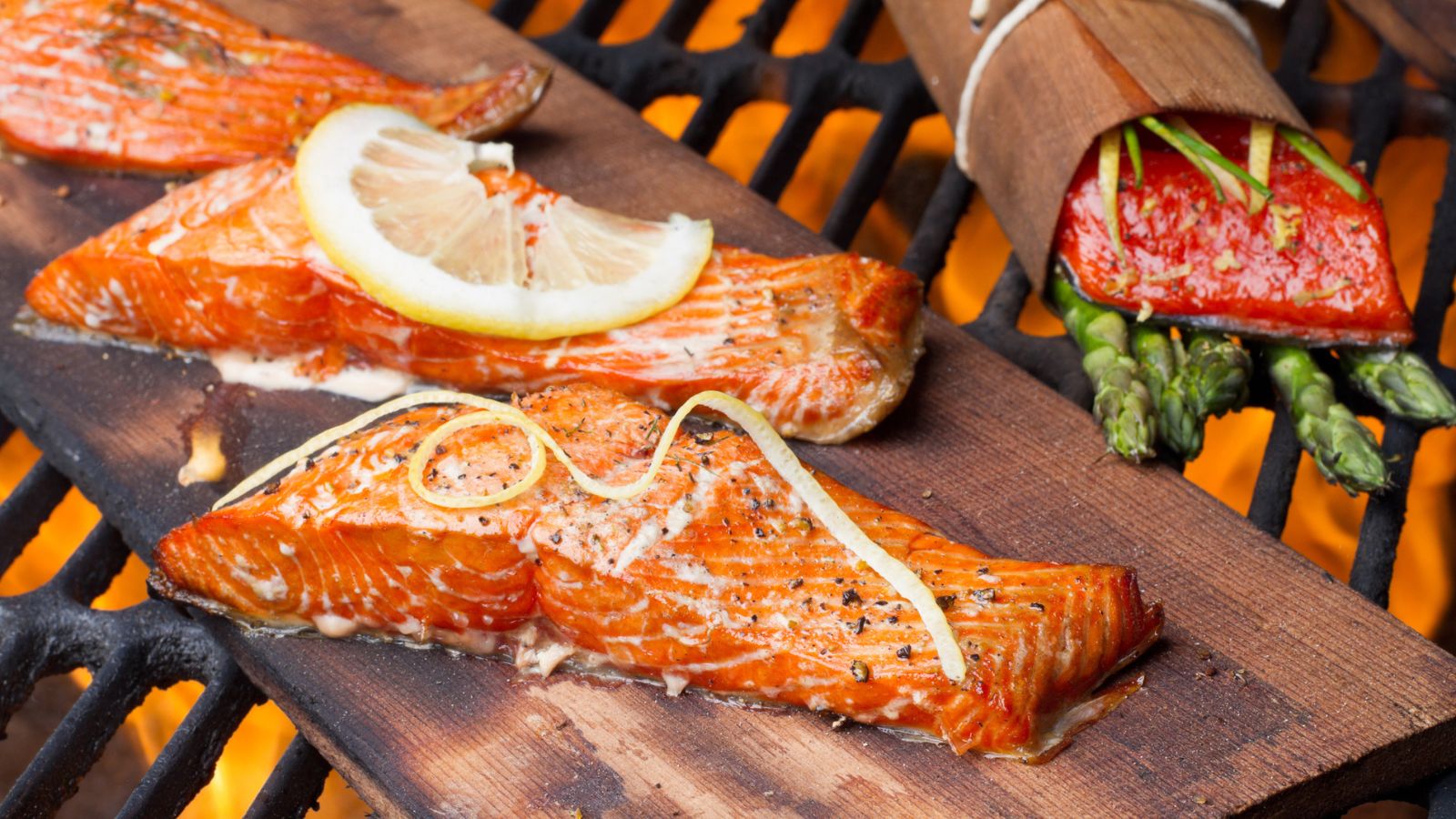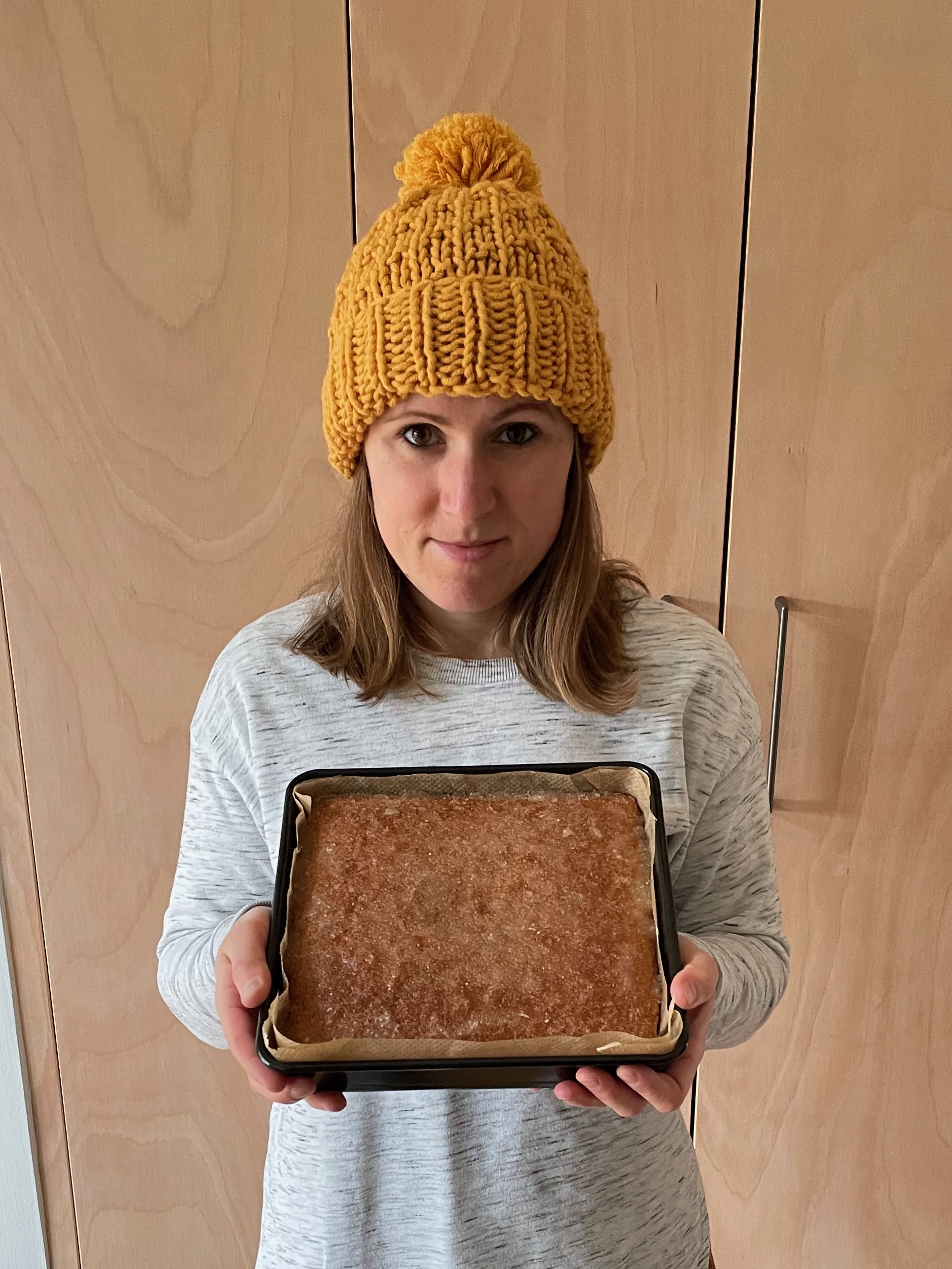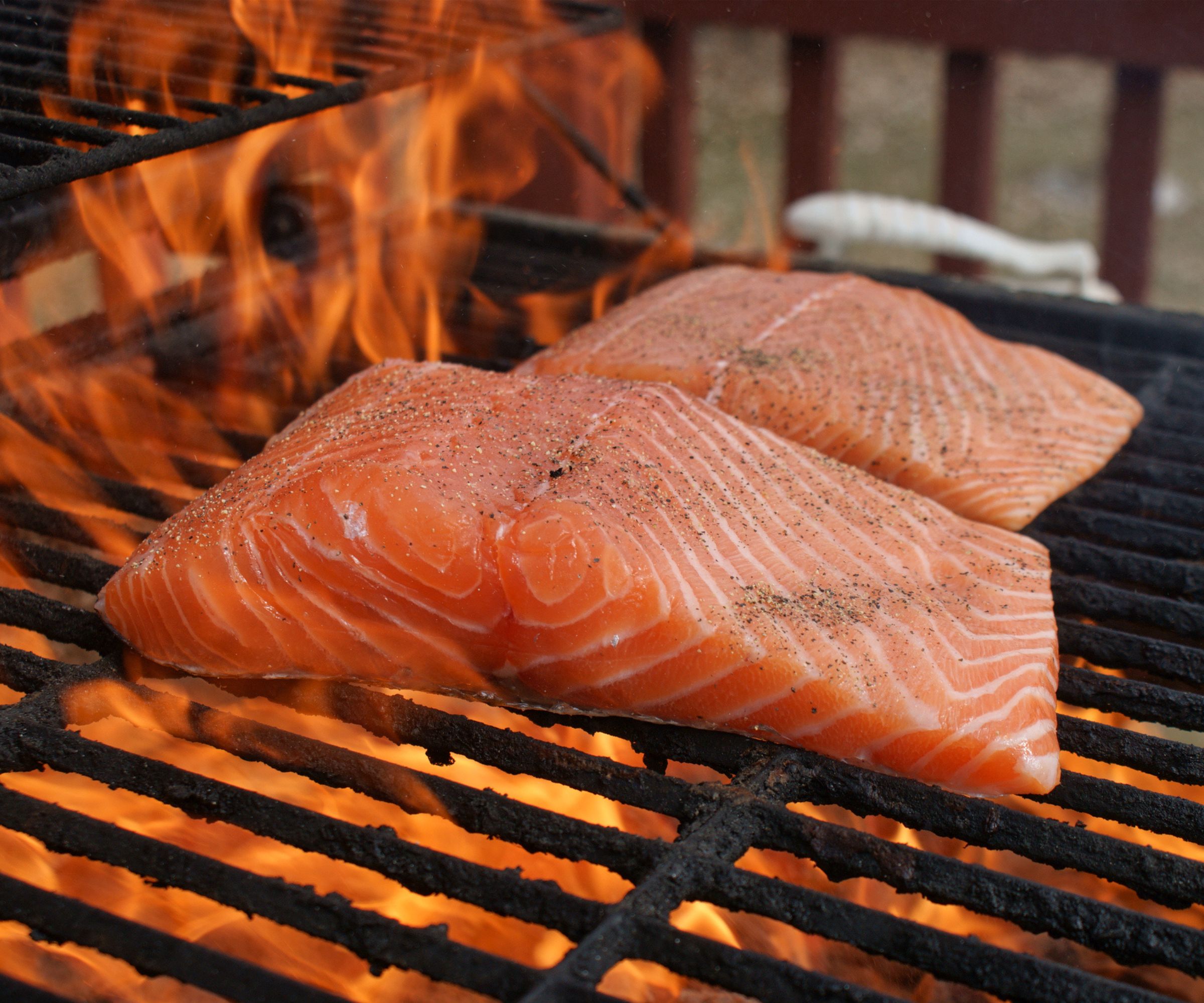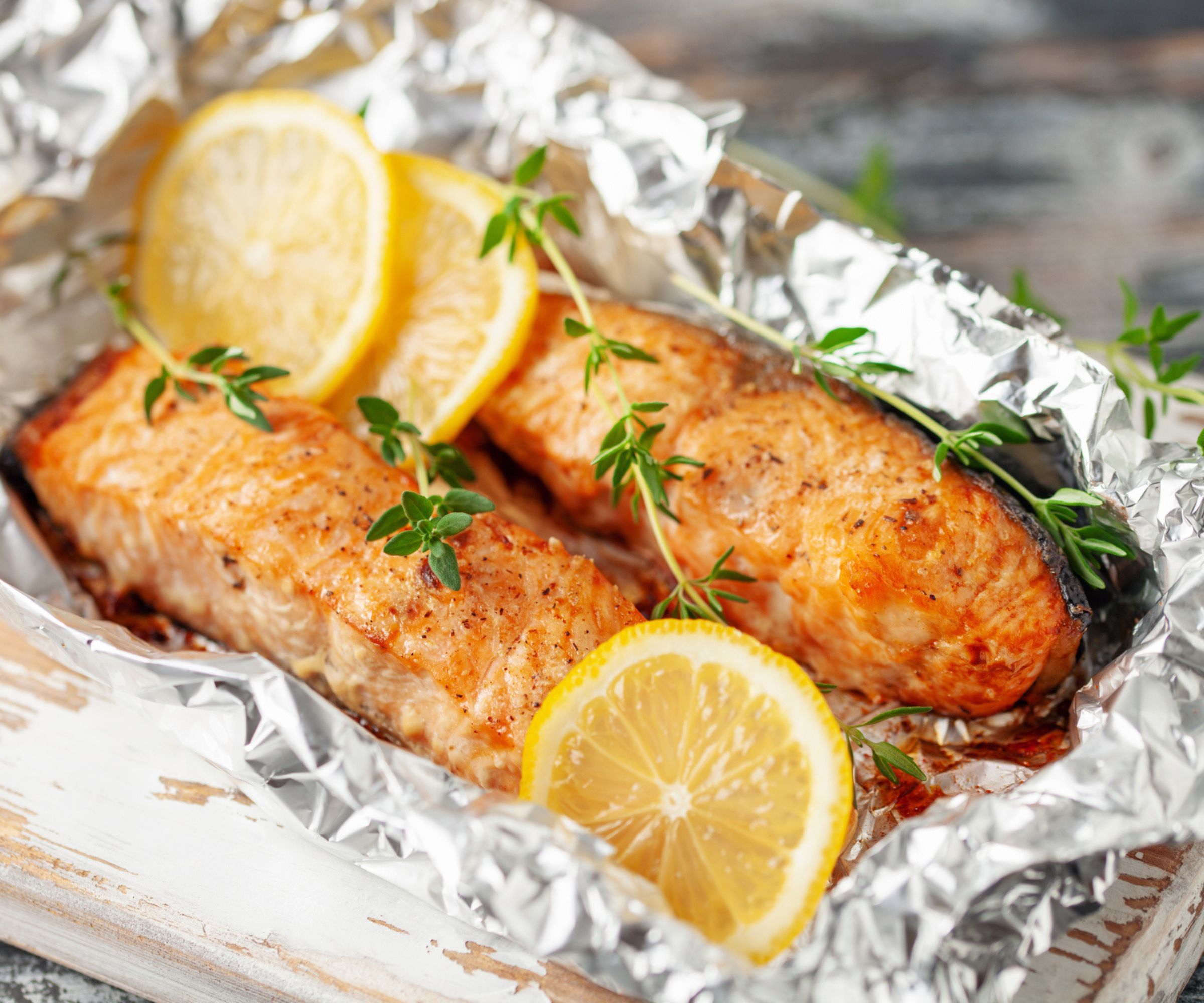How to grill salmon
It's a little daunting, but smoky salmon cooked on a grill is one of the best meals you can make at home


Unlike popular grill foods such as burgers or chicken, cooking fish on a grill can be intimidating. It feels easy to mess up if you don't know what you're doing.
However, while more delicate white fish is quick to overcook, salmon is much more robust, so it's a great choice for a grill even if you're a beginner.
That said, if you do get it wrong, salmon can stick and break up, so it’s worth taking a bit of time to get right. Don’t turn it more than once and be gentle when handling it.
Once you’ve grilled salmon to perfection once, you’ll wonder why you’ve been avoiding it all this time. Salmon filets cooked on the best gas grills are a great addition to summer salads and a lovely alternative to meat.
How to grill salmon filets

If possible, always choose skin-on filets. Skin isn't always to everyone's taste, but there's culinary reasoning behind this. Salmon skin is fatty, and as that fat renders down it makes the fish much less likely to stick to the grill. If you can’t get salmon with the skin on, you can create a similar barrier by laying a sheet of greased aluminum foil or even lemon slices directly on the grill beneath the salmon.
- To help avoid sticking, make sure the grill grate is clean and oil it well.
- Place the salmon filets skin-side down on a hot grill grate and grill for 4-6 minutes until the skin is crisped.
- Using a spatula, gently ease the salmon from the grill. Flip the salmon and grill for a further 2-3 minutes.
- At this stage, you can remove the skin and place it directly onto the grill to crisp up further - but this is optional.
Expert tip: cooking times will vary depending on the thickness of the salmon. They'll and vary further depending on whether you’re cooking on a gas or charcoal grill. If you're using charcoal and cooking on white coals, your salmon will cook much faster than on gas.
Always check the internal temperature or cut into the salmon to check that it’s cooked to your liking. USDA says that the internal temperature of cooked fish should be 145°F (63°C). This will dry out your salmon - I suggest aiming for around 120°F, which will still be cooked but taste much better.
How to grill salmon filets in foil

The beauty of grilling salmon in a foil parcel is that you can add herbs and other flavors such as garlic and lemon to infuse with the salmon while it cooks. Furthermore, the sealed parcel will allow the salmon to cook more gently in its own steam, so it’s less likely to dry out or burn. The downside is that you’ll miss out on those smoky, charred flavors.
- Lay out a large sheet of heavy duty foil, like these pre-cut heavy duty foil sheets at Walmart.
- Brush the foil with oil and place 1-2 salmon filets skin side down on the foil. If grilling two filets, leave at least 1 inch between them, to allow the hot air and steam to circulate.
- Add flavors of your choice. These can include fresh herbs such as dill or parsley and slices of lemon. However, you aren't stuck with Western flavors. Add soy or teriyaki sauce with honey and garlic for an Asian twist. Salmon takes on flavors well, so don’t be afraid to be bold.
- Bring up the sides of the foil and scrunch together on top to seal into a loose parcel.
- Grill for 12 - 18 minutes for two filets or 8 - 12 minutes if your parcel contains just one filet.
- When opening the parcel, be careful as hot steam may escape. If the salmon needs more time, simply close up the parcel and place it back on the grill.
Expert tip: just as when you're grilling directly on the grate, cooking times in foil will vary depending on the thickness of the salmon and will further depending on whether you’re cooking on a gas or charcoal grill, so keep an eye on the salmon as it cooks.
How to grill a side of salmon
Cooking a side of salmon - or even a whole salmon - is more impressive than individual portions, so it’s a great option if you’re grilling for guests. It’s really just a bigger version of the smaller salmon filets, so cook it by adapting one of the methods above.
When cooking in a foil parcel, just increase cooking times to 15-25 minutes. When grilling it directly, make sure the grill isn’t too hot. If you're cooking on charcoal, make sure you cook after the peak of the coals, when they're starting to lose their white heat. Grill the salmon skin-side down for 15-18 minutes. Then flip it and finish it off for another 3-5 minutes. If you're worried about flipping the salmon, a loose sheet of foil over the top of the side without skin will help to cook the top without the need to flip it, and trap in some extra smoky flavor. As ever, cooking times will depend on the size of the fish.
Grilling salmon FAQs
Does salmon have to be cooked all the way through?
To guarantee any harmful bacteria is killed and to prevent foodborne illness, the USDA recommends cooking fish to an internal temperature of 145°F. But generally salmon has a better, more moist texture if cooked to around 120°F. Besides, salmon can be consumed raw - think sushi - so it’s safe to eat salmon that’s cooked slightly rare. However, if you prefer salmon cooked this way, make sure you buy the best quality, freshest salmon you possibly can. Keep it well refrigerated until you plan to grill it.
How do you stop salmon breaking up?
It's common to break up the salmon into pieces as you grill, which ultimately isn't a big deal but will ruin your plating. My advice is to never use tongs - if you squeeze salmon with tongs it’s guaranteed to break up. Instead, slide a BBQ spatula underneath it to pick it up more gently. The more cooked the salmon, the easier it’ll flake and break up, so try to avoid overcooking.
Not only can you experiment with different herbs when cooking salmon in foil, but you can also cook sides at the same time. Try adding some asparagus or broccolini to your foil parcel as you grill for some easy sides that pick up delicious flavors from the salmon.
Sign up to the Homes & Gardens newsletter
Design expertise in your inbox – from inspiring decorating ideas and beautiful celebrity homes to practical gardening advice and shopping round-ups.

Helen McCue is a freelance contributor who trained as a Home Economist. After starting her career in the food industry, she moved into home appliance reviews, utilising her cooking skills and experience to put all kinds of products to the test, and over the years has reviewed hundreds of home and kitchen appliances for a variety of publications.
Having completely renovated her current house, Helen reviews kitchen appliances from her open plan kitchen at home in a beautiful Berkshire village. When she’s not working, Helen can be found enjoying the local countryside or dreaming about her next house renovation project.
-
 Nectar vs Layla – which mattress brand is best on test?
Nectar vs Layla – which mattress brand is best on test?I've set the Nectar Premier Hybrid Mattress and the Layla Hybrid Mattress head to head to help you work out which mattress meets your needs
By Emilia Hitching Published
-
 Barack and Michelle Obama's neutral accent chair is the perfect living room focal point – you can recreate their serene style in any-sized home
Barack and Michelle Obama's neutral accent chair is the perfect living room focal point – you can recreate their serene style in any-sized homeThis designer-approved essential fits into every modern living room – it's beautiful enough to stand alone, while pairing well with your favorite cushion
By Megan Slack Published